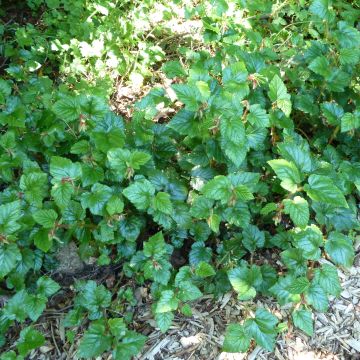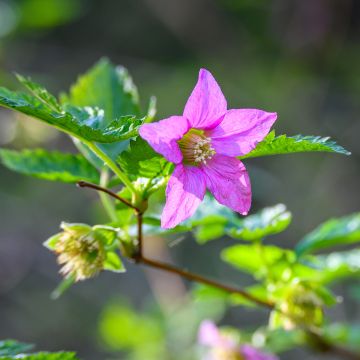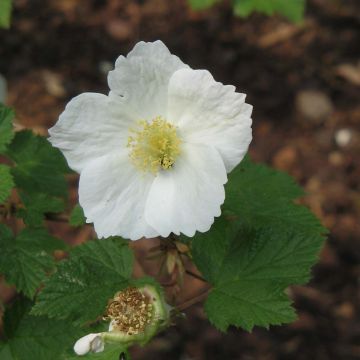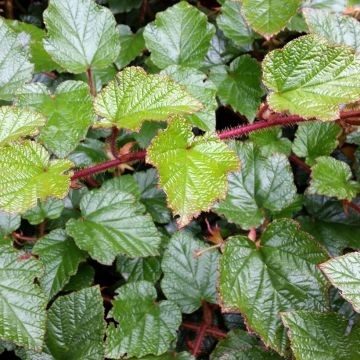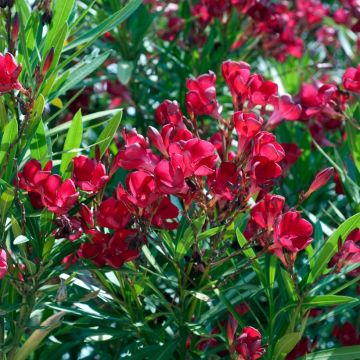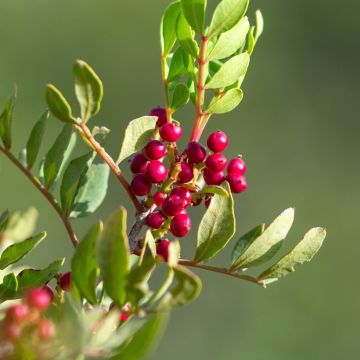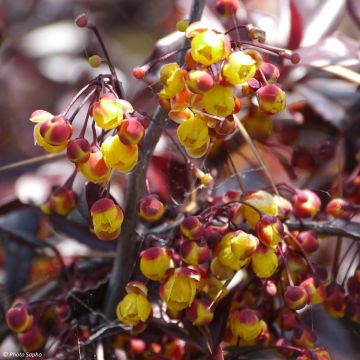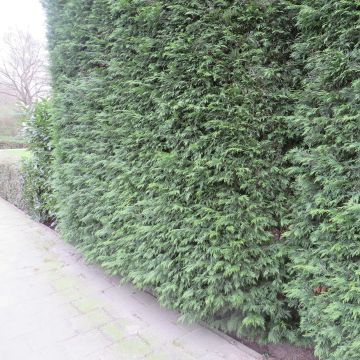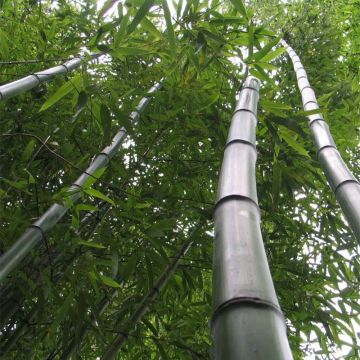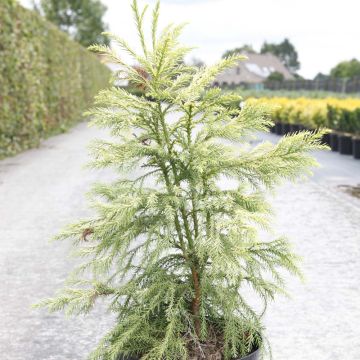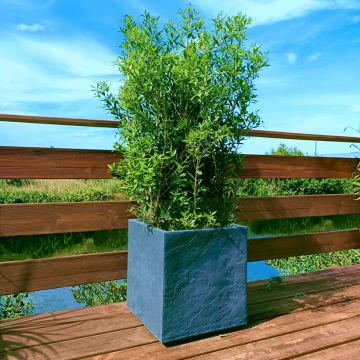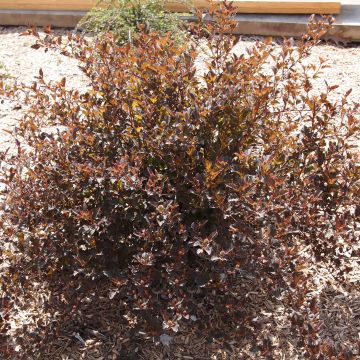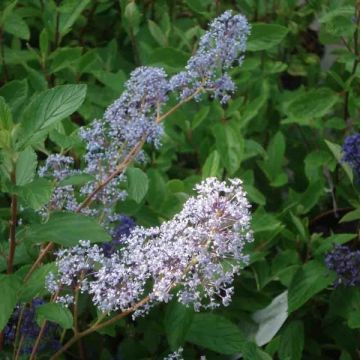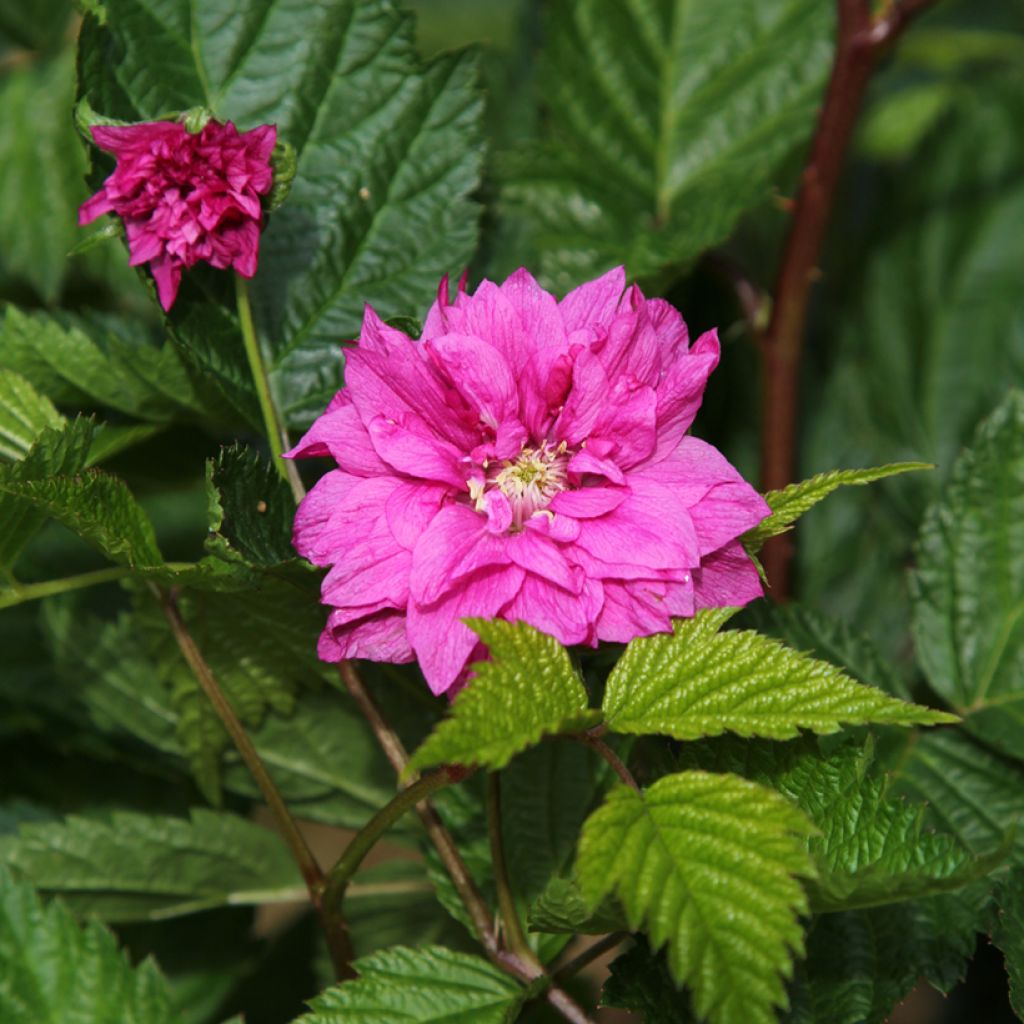

Rubus spectabilis Olympic Double
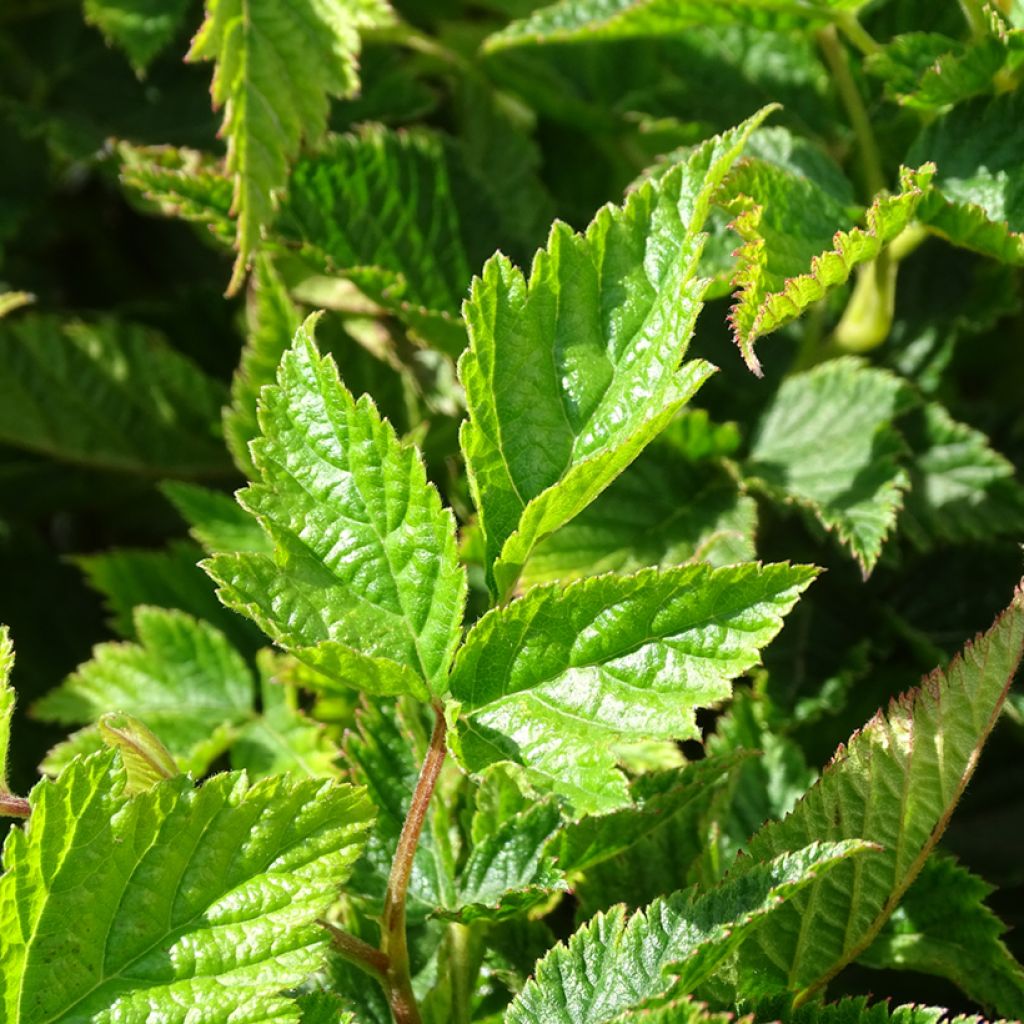

Rubus spectabilis Olympic Double
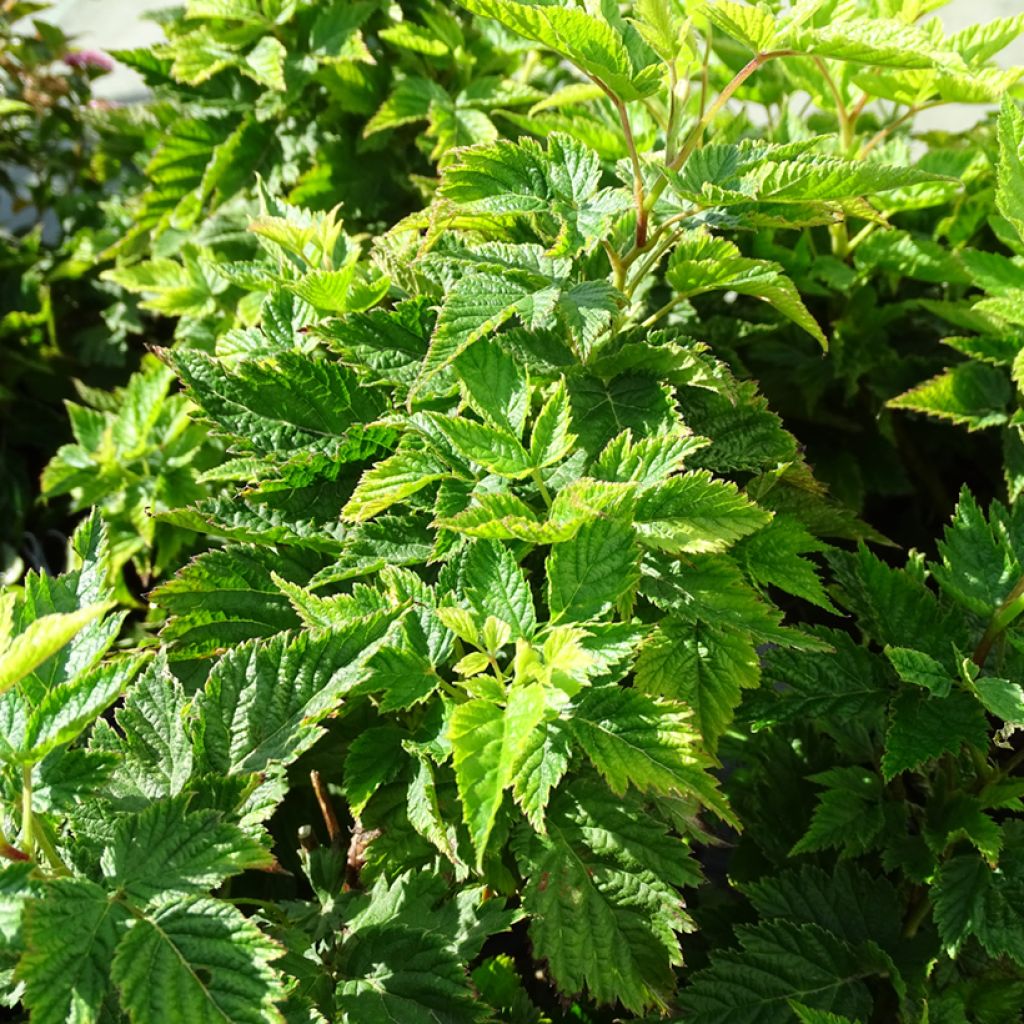

Rubus spectabilis Olympic Double
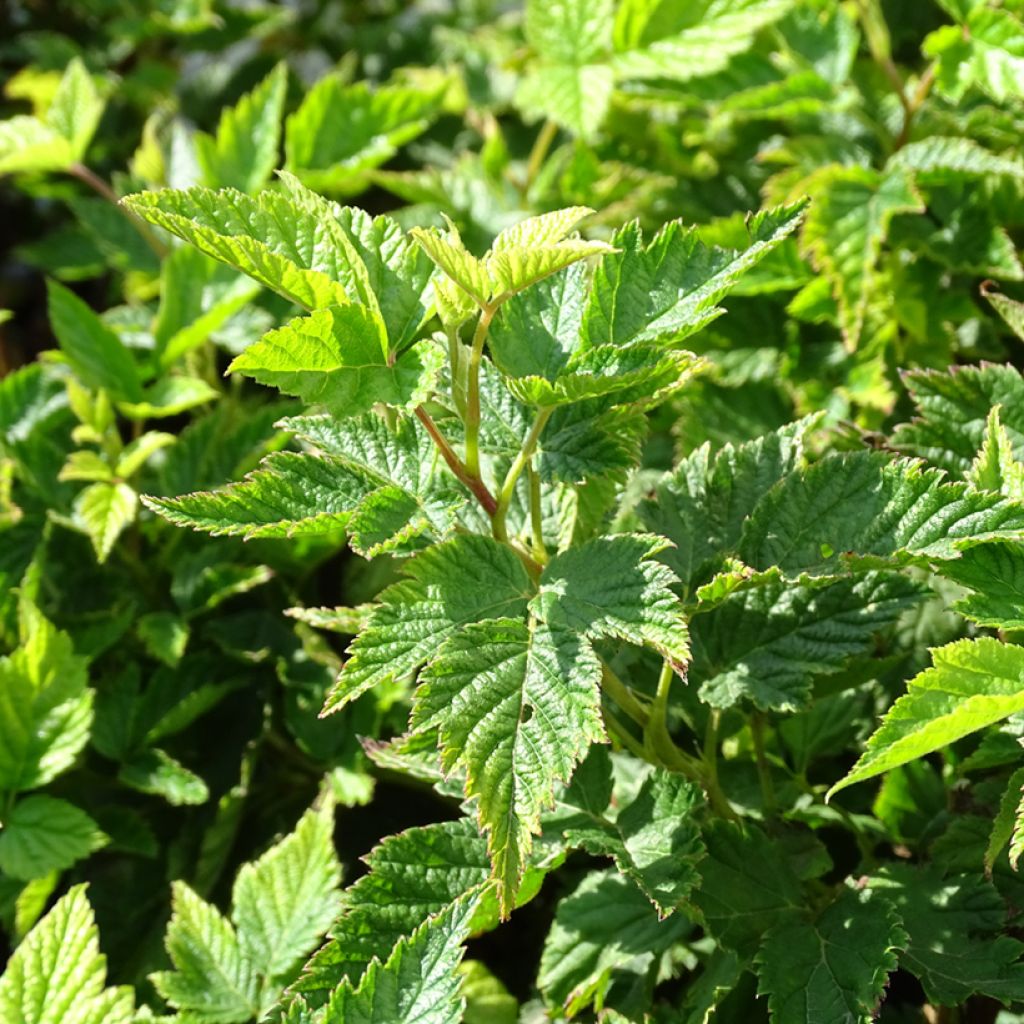

Rubus spectabilis Olympic Double
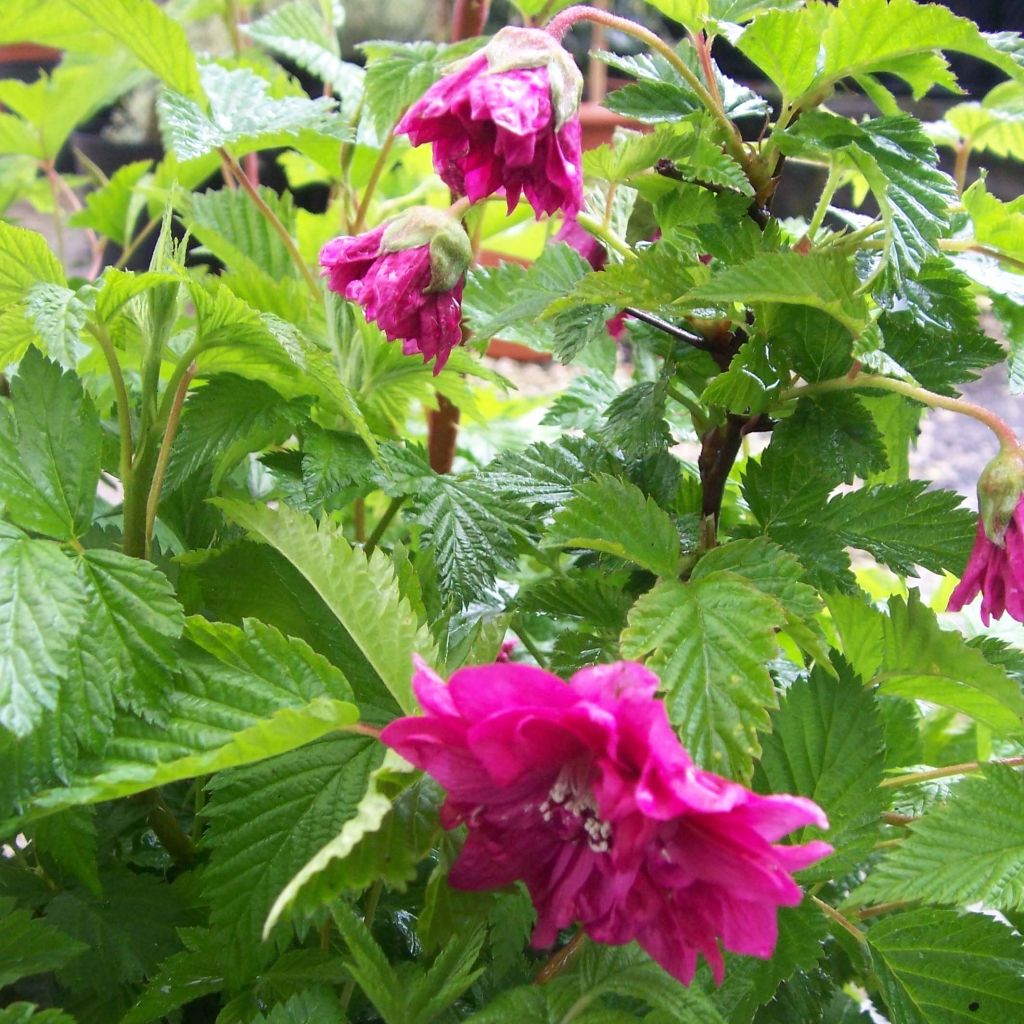

Rubus spectabilis Olympic Double
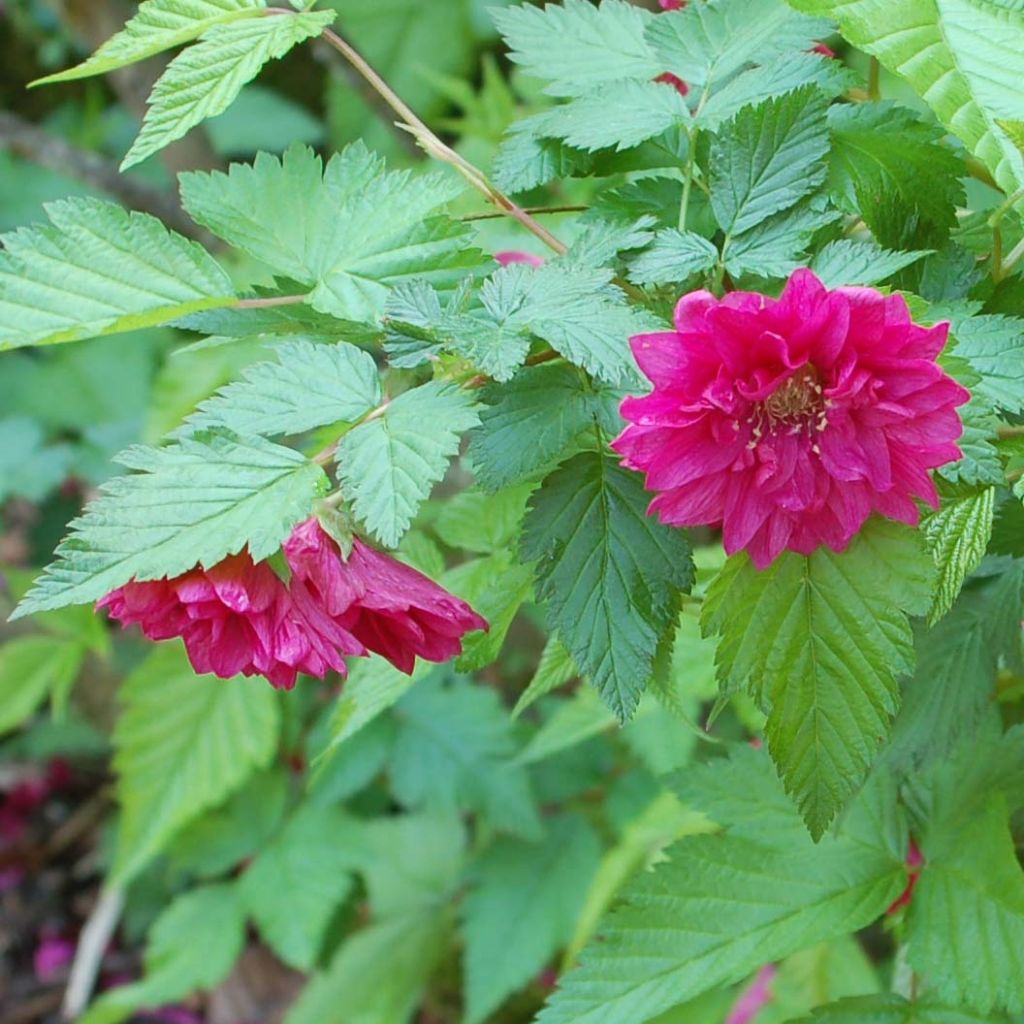

Rubus spectabilis Olympic Double
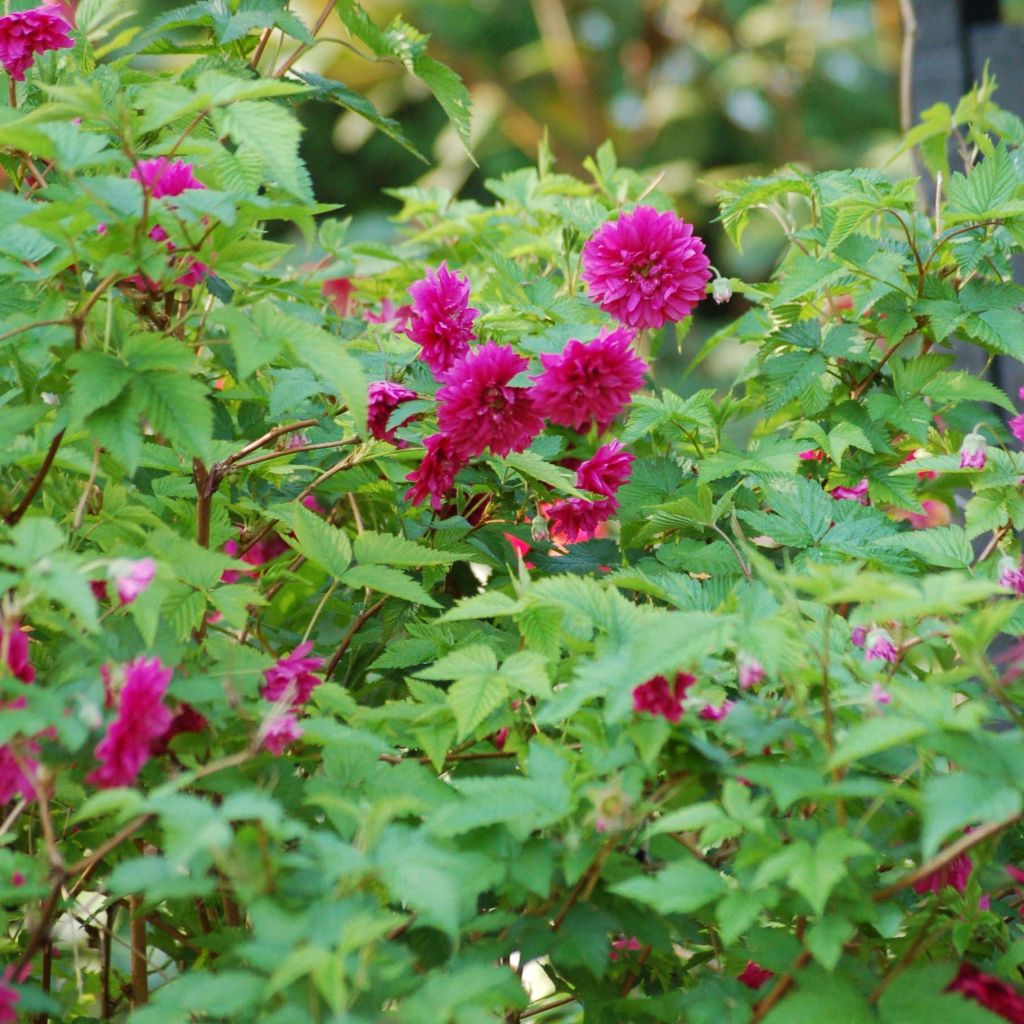

Rubus spectabilis Olympic Double
Rubus spectabilis Olympic Double
Rubus spectabilis Olympic Double
Salmonberry, Rose-Flowered Bramble
Always beautiful plants delivered, but sometimes it's the heatwave that disrupts their growth despite all possible care... It's a shame to see leaves scorched by temperatures of 46 °C (114.8°F)!
Jean-Louis, 28/01/2024
This item cannot be shipped to the selected country
Delivery charge from €5.90
Delivery to Corse prohibited
More information
Schedule delivery date,
and select date in basket
This plant carries a 24 months recovery warranty
More information
We guarantee the quality of our plants for a full growing cycle, and will replace at our expense any plant that fails to recover under normal climatic and planting conditions.
From €5.90 for pickup delivery and €6.90 for home delivery
Express home delivery from €8.90.
Delivery to Corse prohibited: UE law prohibits the import of this plant from mainland France to Corse as part of the fight against Xylella fastidiosa. Please accept our sincere apologies.
More information

Does this plant fit my garden?
Set up your Plantfit profile →
Description
Rubus specabilis 'Olympic Double', also known as 'Flore Pleno', is one of the most beautiful ornamental brambles that can be offered to a natural garden or a rural hedge. Vigorous, suckering, developing prickly stems, the bush offers miniature rose-like flowers in early spring. The double flowers are of a bright pink-purple that matches perfectly with the tender green of its young leaves. The flowers are followed by small edible blackberries, yellow-orange in colour, quite tasteless, but much appreciated by birds. Hardy and not very demanding in terms of soil, requiring very little maintenance, this plant, both charming and unpretentious, is within reach of all gardeners, even beginners.
The Rose-Flowered Bramble, in Latin Rubus spectabilis, belongs to the rose family. This suckering plant is native to the western coast of the United States, from Alaska to California. It is found there growing in the clear shade of wet forests or near watercourses, often in the company of red alders. 'Olympic Double' is, as its name suggests, a double-flowered form of this beautiful wild bramble.
This suckering shrub plant with shallow rooting is very resistant to cold and perfectly adapted to temperate climates, but it shows a preference for deep, fertile, and moist soils.
Growing quite rapidly, a plant will eventually form a bushy and spreading mass that will occupy a space of 1.5m (5ft) in all directions. It spreads laterally through rhizomes, producing shoots in the manner of raspberries. Flowering takes place in April, appearing at the axils of young leaves. It consists of flowers measuring 3 to 5cm (1 to 2in) in diameter, not fragrant, but nectar-rich. They are solitary or grouped in 2 to 4 units, and their colour is a deep pink-purple, of beautiful vivacity. The fruits are like large raspberries 1.5 to 2cm (1in) long, edible, juicy, and yellow-orange in colour. They are quite tasteless when eaten as is, but reveal a more pleasant flavor in jams. The perennial and not biennial stems like in other Rubus species, slightly prickly, erect and then trailing, are covered with a paper-like cinnamon-coloured bark that flakes with age. They bear large leaves measuring 10 to 15cm (4 to 6in) long, divided into 3 doubly toothed lobes. The leaf surface has a wavy appearance and displays a beautiful emerald-green colour before turning yellow in autumn. It disappears in winter and develops in spring, at the same time as the flowers appear.
Invite the Olympic Double Ornamental Bramble into a wild hedge, giving it enough space to express itself. This beautiful spring shrub pairs well with forsythias, Spiraea prunifolia Plena, Japanese kerrias, and Japanese quinces, all shrubs that are just as easy to cultivate in any good garden soil. Under these conditions, the shrub will establish itself very easily and in a few years will form an ornamental plant perfectly in place in a rural setting or in a natural garden. Within a large shrub bed, combine this bramble with other unpretentious plants such as wild rose varieties, elderberries, viburnums, lilacs, hedge honeysuckles or Tartarian honeysuckles, or even with deciduous euonymus. It can also be used to form a large ground cover; it will decorate a wild corner like a large semi-shaded slope with carpets of periwinkles, Polygonum, and creeping bugles, all of which are vigorous plants that are also undemanding. Lastly, the Olympic Double Bramble is a shrub that is both ornamental and useful to the garden's wildlife.
Report an error about the product description
Rubus spectabilis Olympic Double in pictures
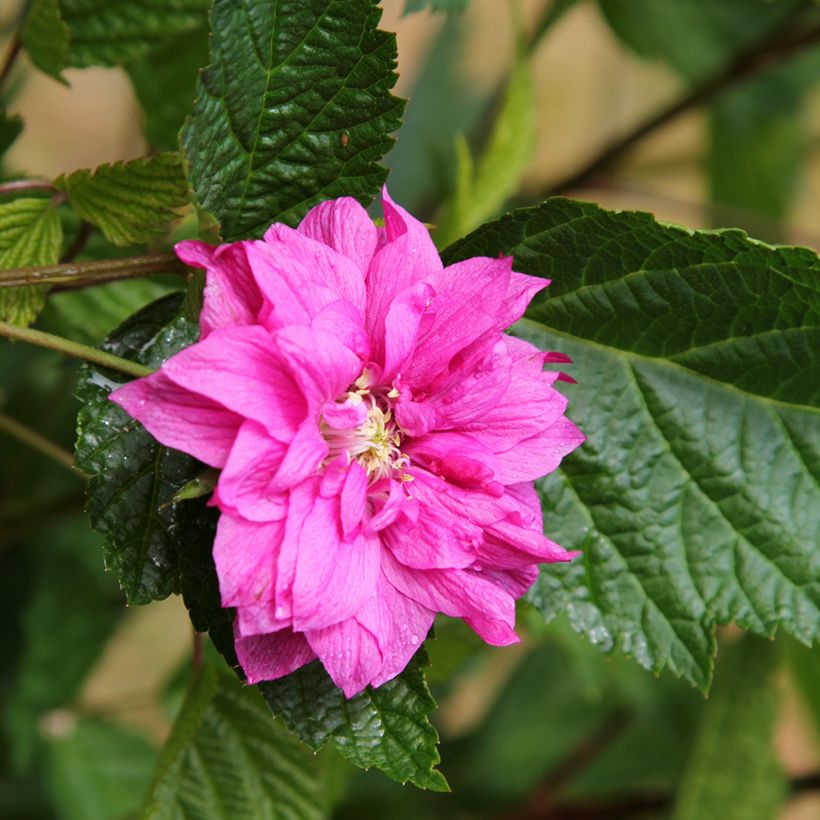

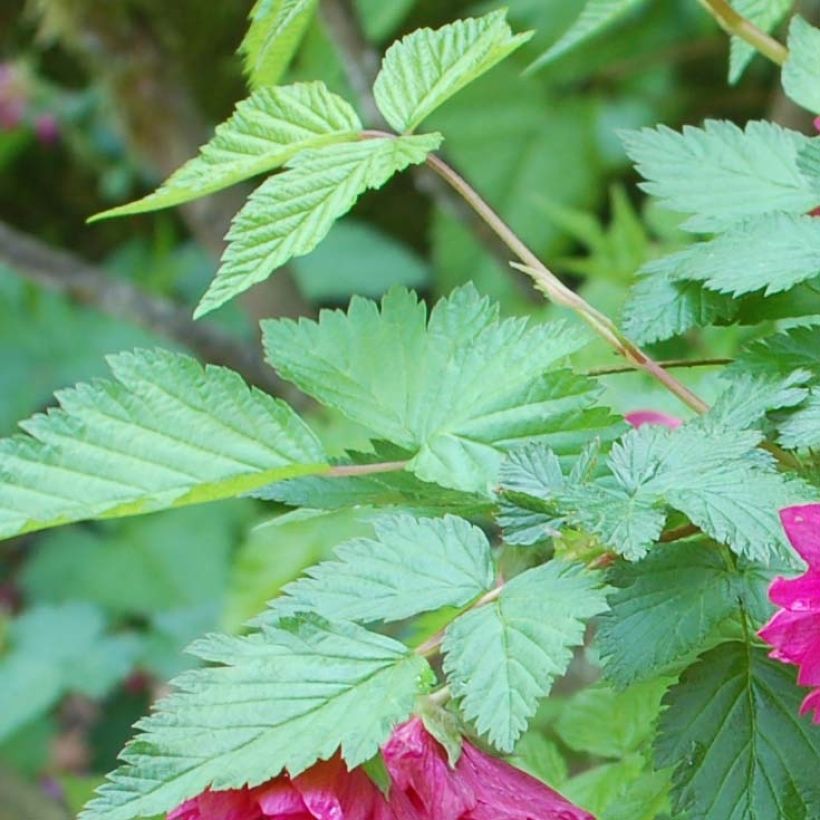

Plant habit
Flowering
Foliage
Botanical data
Rubus
spectabilis
Olympic Double
Rosaceae
Salmonberry, Rose-Flowered Bramble
North America
Other Rubus - Blackberry
Planting and care
Plant Olympic Double Blackberry in spring or autumn, in any sufficiently deep and fertile soil, preferably moist. A good well-compacted garden soil will do the job. If necessary, enrich the substrate with well-decomposed compost and coarse sand. Simply avoid excessive limestone or acidity, as this plant prefers a relatively neutral substrate. Once established, the bush tolerates short periods of drought if the soil it is planted in is sufficiently deep. It will thrive in partial shade or full sun, but not in scorching exposure. This bush needs regular pruning: thin out the centre of the plant after flowering. This vigorous plant is resistant to diseases and pests.
Planting period
Intended location
Care
-
, onOrder confirmed
Reply from on Promesse de fleurs
Hedge shrubs
Haven't found what you were looking for?
Hardiness is the lowest winter temperature a plant can endure without suffering serious damage or even dying. However, hardiness is affected by location (a sheltered area, such as a patio), protection (winter cover) and soil type (hardiness is improved by well-drained soil).

Photo Sharing Terms & Conditions
In order to encourage gardeners to interact and share their experiences, Promesse de fleurs offers various media enabling content to be uploaded onto its Site - in particular via the ‘Photo sharing’ module.
The User agrees to refrain from:
- Posting any content that is illegal, prejudicial, insulting, racist, inciteful to hatred, revisionist, contrary to public decency, that infringes on privacy or on the privacy rights of third parties, in particular the publicity rights of persons and goods, intellectual property rights, or the right to privacy.
- Submitting content on behalf of a third party;
- Impersonate the identity of a third party and/or publish any personal information about a third party;
In general, the User undertakes to refrain from any unethical behaviour.
All Content (in particular text, comments, files, images, photos, videos, creative works, etc.), which may be subject to property or intellectual property rights, image or other private rights, shall remain the property of the User, subject to the limited rights granted by the terms of the licence granted by Promesse de fleurs as stated below. Users are at liberty to publish or not to publish such Content on the Site, notably via the ‘Photo Sharing’ facility, and accept that this Content shall be made public and freely accessible, notably on the Internet.
Users further acknowledge, undertake to have ,and guarantee that they hold all necessary rights and permissions to publish such material on the Site, in particular with regard to the legislation in force pertaining to any privacy, property, intellectual property, image, or contractual rights, or rights of any other nature. By publishing such Content on the Site, Users acknowledge accepting full liability as publishers of the Content within the meaning of the law, and grant Promesse de fleurs, free of charge, an inclusive, worldwide licence for the said Content for the entire duration of its publication, including all reproduction, representation, up/downloading, displaying, performing, transmission, and storage rights.
Users also grant permission for their name to be linked to the Content and accept that this link may not always be made available.
By engaging in posting material, Users consent to their Content becoming automatically accessible on the Internet, in particular on other sites and/or blogs and/or web pages of the Promesse de fleurs site, including in particular social pages and the Promesse de fleurs catalogue.
Users may secure the removal of entrusted content free of charge by issuing a simple request via our contact form.
The flowering period indicated on our website applies to countries and regions located in USDA zone 8 (France, the United Kingdom, Ireland, the Netherlands, etc.)
It will vary according to where you live:
- In zones 9 to 10 (Italy, Spain, Greece, etc.), flowering will occur about 2 to 4 weeks earlier.
- In zones 6 to 7 (Germany, Poland, Slovenia, and lower mountainous regions), flowering will be delayed by 2 to 3 weeks.
- In zone 5 (Central Europe, Scandinavia), blooming will be delayed by 3 to 5 weeks.
In temperate climates, pruning of spring-flowering shrubs (forsythia, spireas, etc.) should be done just after flowering.
Pruning of summer-flowering shrubs (Indian Lilac, Perovskia, etc.) can be done in winter or spring.
In cold regions as well as with frost-sensitive plants, avoid pruning too early when severe frosts may still occur.
The planting period indicated on our website applies to countries and regions located in USDA zone 8 (France, United Kingdom, Ireland, Netherlands).
It will vary according to where you live:
- In Mediterranean zones (Marseille, Madrid, Milan, etc.), autumn and winter are the best planting periods.
- In continental zones (Strasbourg, Munich, Vienna, etc.), delay planting by 2 to 3 weeks in spring and bring it forward by 2 to 4 weeks in autumn.
- In mountainous regions (the Alps, Pyrenees, Carpathians, etc.), it is best to plant in late spring (May-June) or late summer (August-September).
The harvesting period indicated on our website applies to countries and regions in USDA zone 8 (France, England, Ireland, the Netherlands).
In colder areas (Scandinavia, Poland, Austria...) fruit and vegetable harvests are likely to be delayed by 3-4 weeks.
In warmer areas (Italy, Spain, Greece, etc.), harvesting will probably take place earlier, depending on weather conditions.
The sowing periods indicated on our website apply to countries and regions within USDA Zone 8 (France, UK, Ireland, Netherlands).
In colder areas (Scandinavia, Poland, Austria...), delay any outdoor sowing by 3-4 weeks, or sow under glass.
In warmer climes (Italy, Spain, Greece, etc.), bring outdoor sowing forward by a few weeks.

































